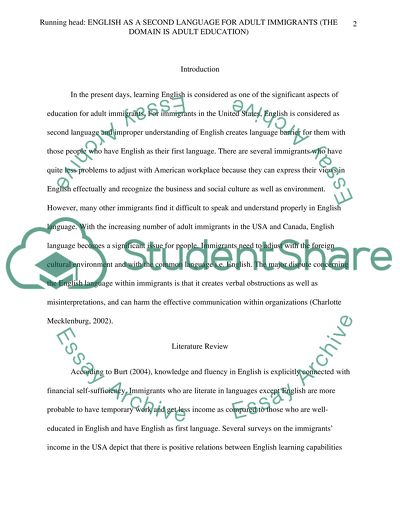Cite this document
(“English as a Second Language for Adult Immigrants (The Domain is Adult Term Paper”, n.d.)
Retrieved from https://studentshare.org/education/1395008-english-as-a-second-language-for-adult-immigrants-the-domain-is-adult-education
Retrieved from https://studentshare.org/education/1395008-english-as-a-second-language-for-adult-immigrants-the-domain-is-adult-education
(English As a Second Language for Adult Immigrants (The Domain Is Adult Term Paper)
https://studentshare.org/education/1395008-english-as-a-second-language-for-adult-immigrants-the-domain-is-adult-education.
https://studentshare.org/education/1395008-english-as-a-second-language-for-adult-immigrants-the-domain-is-adult-education.
“English As a Second Language for Adult Immigrants (The Domain Is Adult Term Paper”, n.d. https://studentshare.org/education/1395008-english-as-a-second-language-for-adult-immigrants-the-domain-is-adult-education.


